
As game prices increase, I need to become a more selective player.
The year 2025 has felt like a rapid descent into economic hardship for anyone not already extremely wealthy. It's clear that prices have been rising for months across the board, affecting everything from essential items like food and utilities to electronics, with no relief in sight. Even if the gaming industry appeared to be unaffected by the ongoing political and economic upheavals, the reality that average consumers are beginning to make tougher spending choices was bound to surface eventually.
Indeed, the gaming sector is not immune to the effects of fluctuating tariff policies and rising inflation. We witnessed this a few months back when preorders for the Nintendo Switch 2 were postponed for weeks following the announcement of President Donald Trump’s extensive tariffs. Although the console itself has not yet seen a price increase, other hardware and games have, with $80 titles becoming increasingly common. Just last week, Xbox issued a notice stating that it would adopt the $80 price point for its AAA games starting this year, in addition to a $100 price hike for its nearly five-year-old Series X hardware.
The signs of $80 games have been evident for months, and we are now on the brink of that reality. To maintain my involvement in this hobby, I must become a more selective player.
Better late than never
Video gaming is a costly pastime. Whether prices peaked at $60, $70, or now $80, games have consistently been a luxury. That initial price point has always forced me to thoroughly consider each purchase before committing. I recognize that I am privileged in that I have access to some games through my work, yet I still pay for the majority of the games I enjoy personally.
At $80, I find myself pausing to reflect more deeply. I’m not sure if it’s the psychological impact of that amount or if the additional $10 is the tipping point for me, but I'm already reviewing some of my most anticipated future releases and contemplating whether I’m ready to invest that much. While I may say yes for some titles, there are many games I anticipate I will choose to wait on at that price. Although I know this will lead to some feelings of missing out, I can no longer afford to be anything but selective. I need to carefully pick and choose which games I can’t wait to experience and which ones I can hold off on until they go on sale. Furthermore, it’s been shown repeatedly that it can be beneficial to wait for games to receive updates and improvements after their initial launch.
In reflecting on this, I realize how few major AAA titles that are likely to reach the $80 price point truly excite me. If a game doesn’t resonate with me or offer something exceptional, I’m less inclined to spend my money on what will only provide an average experience.
On a positive note, most of these standout games are no longer emerging from the AAA segment where this pricing is prevalent. The indie game sector has been on a tear, delivering remarkable experiences for over a decade and gaining more recognition along the way. Last year, Balatro garnered numerous awards at major gaming events, while Blue Prince seems poised for similar success in 2025. The previously struggling AA market is also beginning to thrive again, with Clair Obscur: Expedition 33 emerging as my favorite game of the year.
For each AAA title attempting to appeal to the entire gaming demographic, there are countless indie and AA games with a focused vision, such as Animal Well, UFO 50, Mouthwashing, and Split Fiction, that ultimately forge a stronger connection. The more breakout hits we see with games like Blue Prince and Clair Obscur, the more I hope other studios will gain confidence to experiment with diverse game scopes and pricing. A game’s cost has never and will never determine its ability to impact you.
This is also where subscription services will prove their value. Game Pass has always been an obvious choice, now more than ever, as it provides day-one access to Xbox’s extensive publishing library alongside a range of other titles added monthly. PlayStation Plus appeals to my sense of nostalgia with its collection of PS1 and PS2 games, in addition to its expanding library. While these subscriptions aren’t inexpensive, I can opt to subscribe for a month or two when there’s something I’m eager to play.
I don’t fault companies for adopting the $80 price point. Given rising production costs, larger team sizes, and a somewhat stagnant player base that couldn’t support those financial demands even before tariffs came into play, it was bound to happen. However, it’s not the responsibility of consumers like us to uphold an unsustainable business model. Personally, I don’t foresee this being something all or even the majority of games can sustain, yet it is unlikely to disappear entirely. I can only hope that companies will respond appropriately if sales dip, without resorting to further layoffs and studio closures. Unfortunately, this is a lesson the industry seems unable to grasp.
I wish to support this industry, but at this juncture,
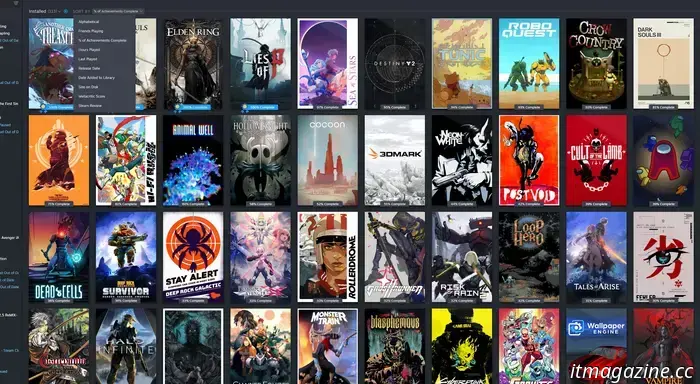

Other articles
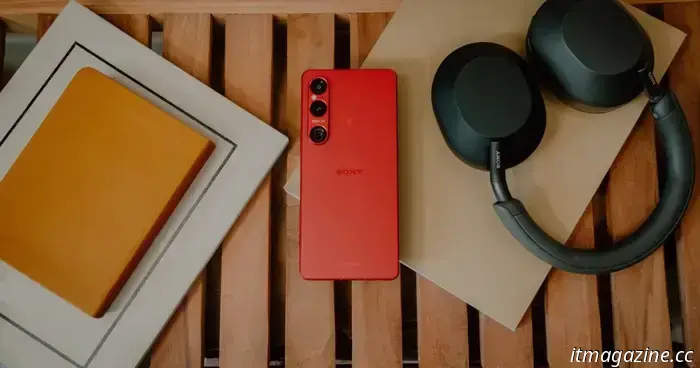 Sony's Xperia 1 VII is on the way, but its worldwide launch may encounter postponements.
The Sony Xperia 1 VII will be arriving soon, but it appears that many of us may have to wait longer than originally anticipated.
Sony's Xperia 1 VII is on the way, but its worldwide launch may encounter postponements.
The Sony Xperia 1 VII will be arriving soon, but it appears that many of us may have to wait longer than originally anticipated.
 Your upcoming smartphone has received a significant upgrade in performance and battery life.
TSMC plans to begin mass production of 2nm chips by the fourth quarter of 2025.
Your upcoming smartphone has received a significant upgrade in performance and battery life.
TSMC plans to begin mass production of 2nm chips by the fourth quarter of 2025.
 Three rom-coms on Netflix that you should check out in May 2025.
Our selections for three romantic comedies on Netflix to enjoy in May feature a baseball-themed drama, a comedy starring Ryan Gosling, and a delightful tale about an engagement.
Three rom-coms on Netflix that you should check out in May 2025.
Our selections for three romantic comedies on Netflix to enjoy in May feature a baseball-themed drama, a comedy starring Ryan Gosling, and a delightful tale about an engagement.
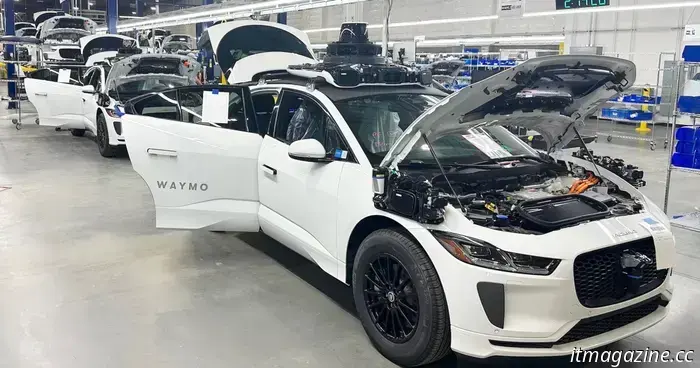 Waymo is establishing the foundation for a revolution in robotaxis.
It’s a lengthy journey, but Waymo is slowly progressing towards its long-aspired objective.
Waymo is establishing the foundation for a revolution in robotaxis.
It’s a lengthy journey, but Waymo is slowly progressing towards its long-aspired objective.
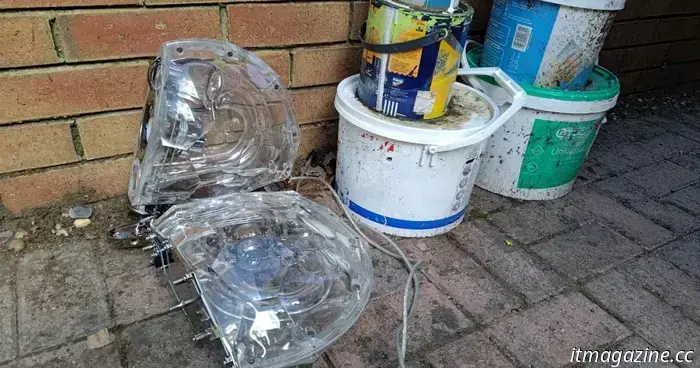 I was so fond of these speakers that I injured myself while attempting to repair them.
When my 15-year-old Harman Kardon speakers began to malfunction, I realized I needed to attempt a repair. However, it turned out to be in vain.
I was so fond of these speakers that I injured myself while attempting to repair them.
When my 15-year-old Harman Kardon speakers began to malfunction, I realized I needed to attempt a repair. However, it turned out to be in vain.
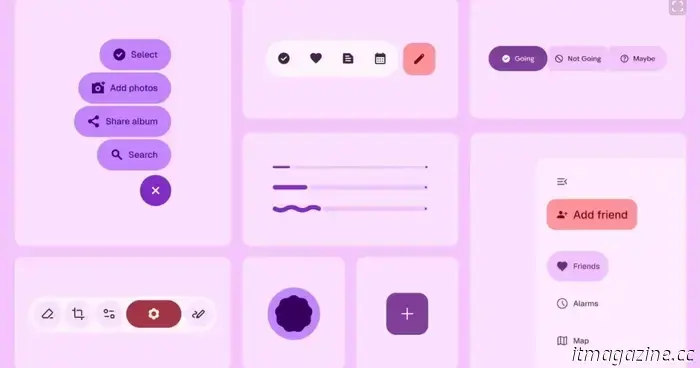 Google has inadvertently revealed images of the forthcoming Android redesign.
Google inadvertently shared images of its forthcoming Android redesign.
Google has inadvertently revealed images of the forthcoming Android redesign.
Google inadvertently shared images of its forthcoming Android redesign.
As game prices increase, I need to become a more selective player.
The cost of video games is increasing, which is prompting more players to be careful and thoughtful shoppers.
